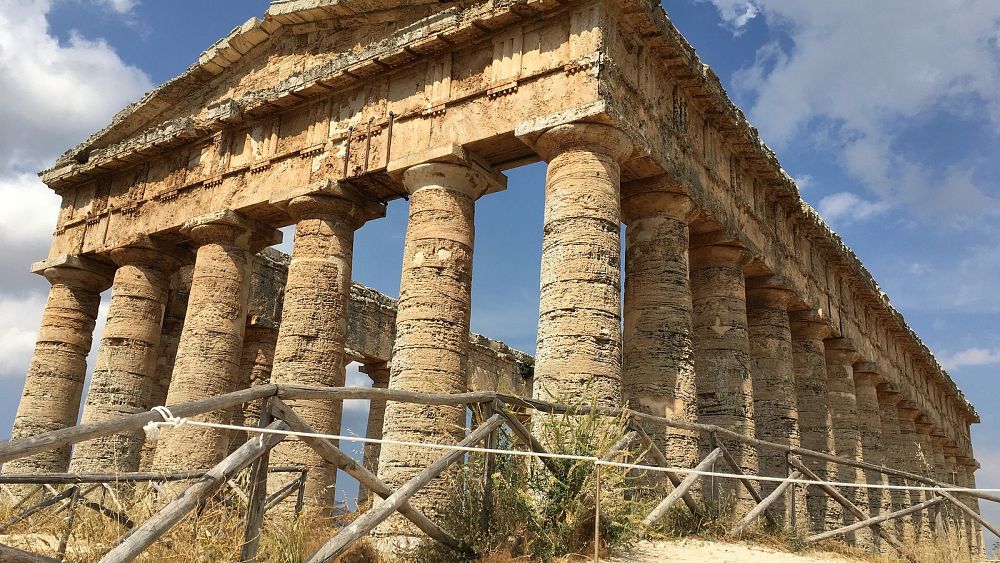
Archaeologists believe the altar was used for family worship and dates back over 2,000 years at the height of Sicily’s Hellenic period.
Local authorities say it had been buried for centuries by a few centimetres of earth and vegetation in the area of the Southern Acropolis at the Segesta site, on the island’s western tip.
Sicily’s regional government believes the altar was probably in use for family worship at the height of Hellenic cultural influence, just before the Roman empire’s rise in the first century before Christ (BC).
“This exceptional discovery confirms the inestimable historical and artistic value that archaeological sites represent for our territory,” said Renato Schifani, the regional president, describing it as “evidence of a glorious past that is still to be discovered and interpreted.”
“The Segesta site never ceases to amaze us,” added Sicily’s regional culture minister Francesco Paolo Scarpinato.
“Excavations continue to bring to light… pieces that add new perspectives and interpretations to a site where multiple civilisations are stratified,” he said in a statement.
Segesta, renowned for its well-preserved, 5th-century-BC Doric temple, was an ancient Greek city nestled between mountains.
The majority of historians believe the trading town originally belonged to the Elymians – one of Sicily’s indigenous peoples – before being Hellenised and turned into a thriving polis, or Greek city-state.
Aside from the altar, archaeologists also dug out a similar-shaped relic that they reckon may have been a support for a sculpture. Both finds are perfectly preserved, the regional government said.